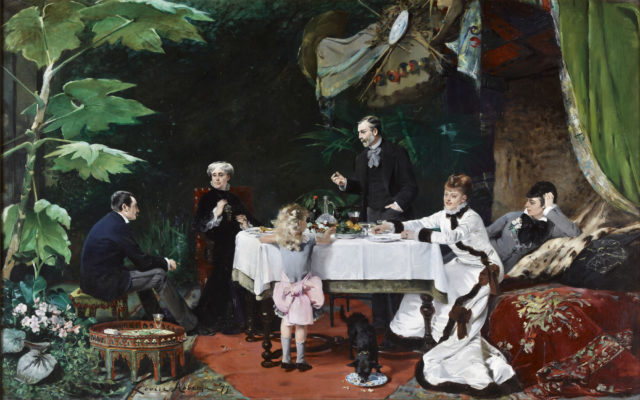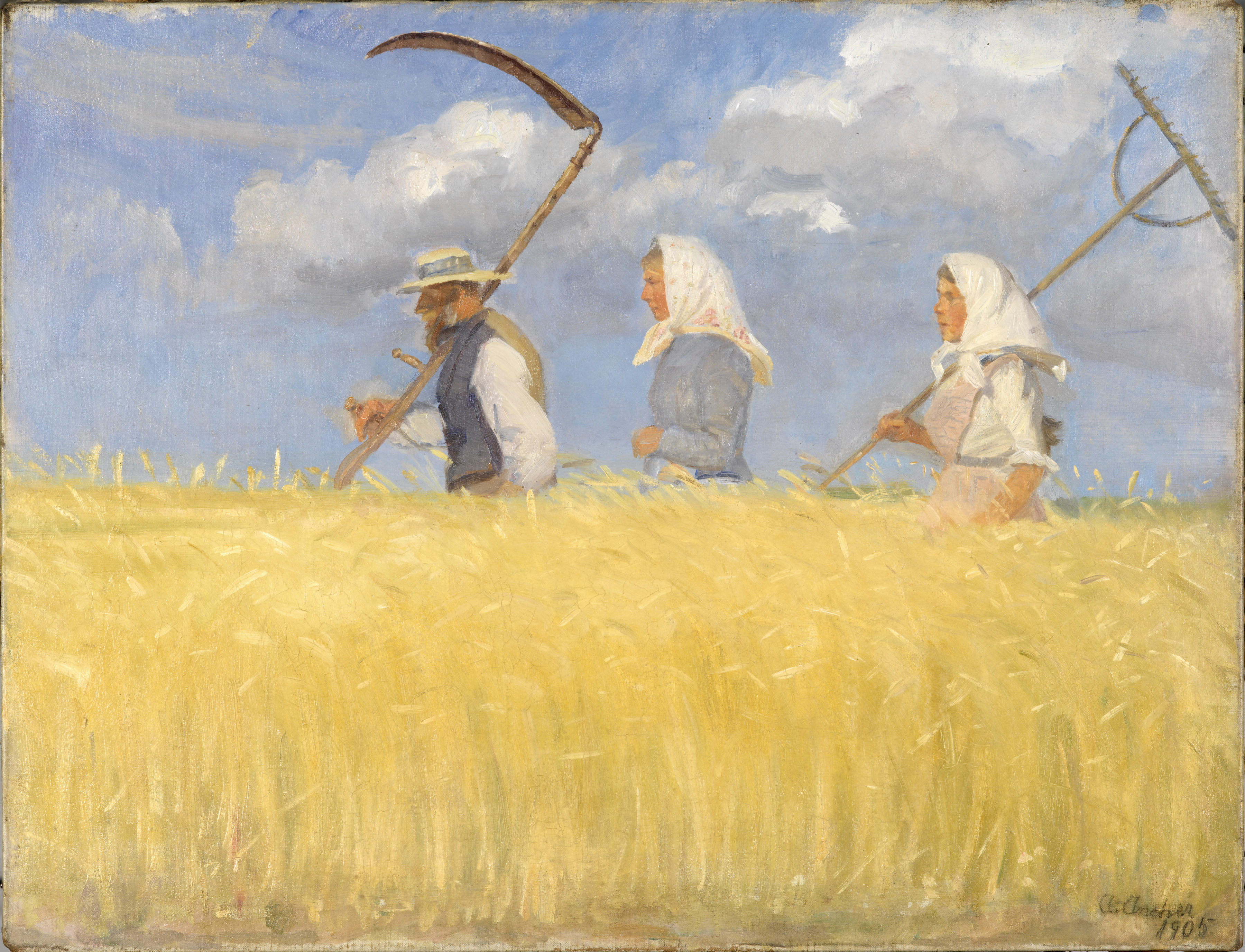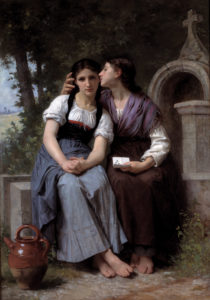
In the 19th century, Paris was undergoing major change. The city was starting to blossom and open its narrow designs, shedding its medieval past. Artists flocked to the city, as it was considered the art capital of the known world.
Paris garnered this reputation for many reasons. There were opportunities to show your work and be critiqued; you could meet collectors and dealers; and you could get an education at one of the finest art schools, École des Beaux-Arts.

“The art machine was really well oiled and active at the time in Paris,” says Angelica Daneo, curator of painting and sculpture at Denver Art Museum. “That made it the center, which really justified why women and artists came from all over the world.”
It’s these women artists that are the focus of the DAM’s exhibit, Her Paris: Women Artists in the Age of Impressionism, showing through Jan. 14. The show features more than 80 paintings, with works from well-known names such as Mary Cassatt, Berthe Morisot and Rosa Bonheur. Her Paris offers the perspective of 37 different artists from different backgrounds and countries, and with various levels of notoriety.
“Several of these women had a role and had recognition in their own time and in their own country, but at times were forgotten by writings in art history,” Daneo says. “This [show] might feel like a revelation, but it’s more of a recuperation of past fame.”
At DAM, Daneo says, the curators look for art that is significant, whether culturally, aesthetically or otherwise. That’s where they started for Her Paris.
“When we looked at the list for this show, we were struck by the quality, by the contribution to the different genres — landscape, genre scenes, portraits,” she says. “In a way, you didn’t need to know who the artist was who produced these works to know these were important works. They just happened to be painted by women.”

The time period represented in Her Paris was, unsurprisingly, a restrictive era for women. For all the modernity that the city was embracing, it was still very much a backwards time for women’s social roles. While women, mainly in the upper class, were encouraged to practice art, it was mainly a leisurely pursuit.
“Women were supposed to be mothers and wives. Professional ambition on the part of women [artists] was OK as long as they were directed toward the feminine genre, still life or fan painting or ceramic painting, something that was considered delicate and minute,” Daneo says. “Any ambition for larger composition, history paintings for instance, or large portraits or genre scenes — those were less expected of a woman, and certainly less tolerated in a way.”

Women were not allowed to attend the École des Beaux-Arts, so they had to learn other ways, like at private academies or by working for established artists. Also, women’s social outings were restricted — it wasn’t socially acceptable for a woman to wander Paris unchaperoned. This meant women had limited access to public spaces like cafes, where artists congregated and showed their work.
As a result, many women led their lives mostly indoors, which led their paintings to focus on the surroundings of their homes. Her Paris explores common scenes — paintings of tea times or people reading, and many portraits, mainly of family members and children.
But the exhibit also takes a look at the women who ventured into ambitious undertakings, specifically historical paintings, which were considered with the highest regard at the time. Daneo tells the story of Lady Elizabeth Butler, who was known to use war veterans as models and buy uniforms for her paintings.
“Allegedly she bought a plot of land and had men charge toward her so she could get a sense of what a battle would look like,” Daneo says. “[Women] knew they were tackling an important subject that was ambitious, and they did their research.”
One of the exhibit’s most prominent themes is perseverance. Despite societal limitations, these women painters continued to create art. And many were active in changing the status quo, like those who formed together to create the Union des Femmes Peintres et Sculpteurs. Many also fought for admission to École des Beaux-Arts, and women finally gained acceptance to the school in 1891.

“They blazed the road for the generation of women artists that came after them,” Daneo says.
For example, the painters in last year’s Women of Abstract Expressionism, which showed works spanning the decade of 1950 to 1960, benefited from risks the women in Her Paris took. Daneo notes the direct lineage between the women of impressionism that eventually led to those of abstract expressionism.
“You cannot think of their experience without the experience of these women in Paris [during 1850-1900],” she says. “Their advancement in the recognition that they were able to obtain certainly helped the generation that followed.”
Her Paris chronicles the influence these women had on the art world. And as Daneo says, “They proved wonderfully that they could paint more than just pretty still lifes.”














